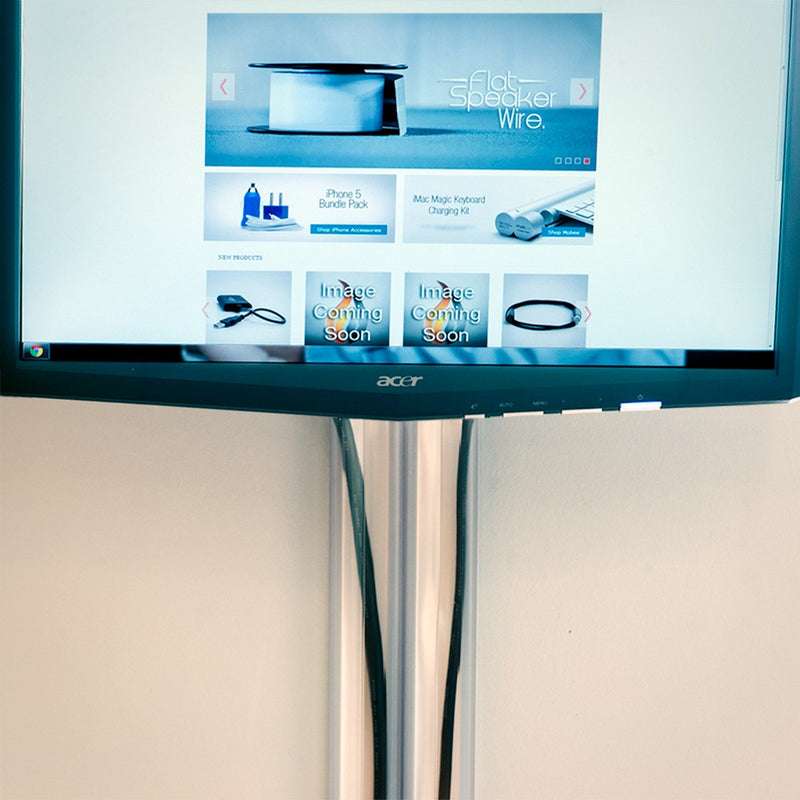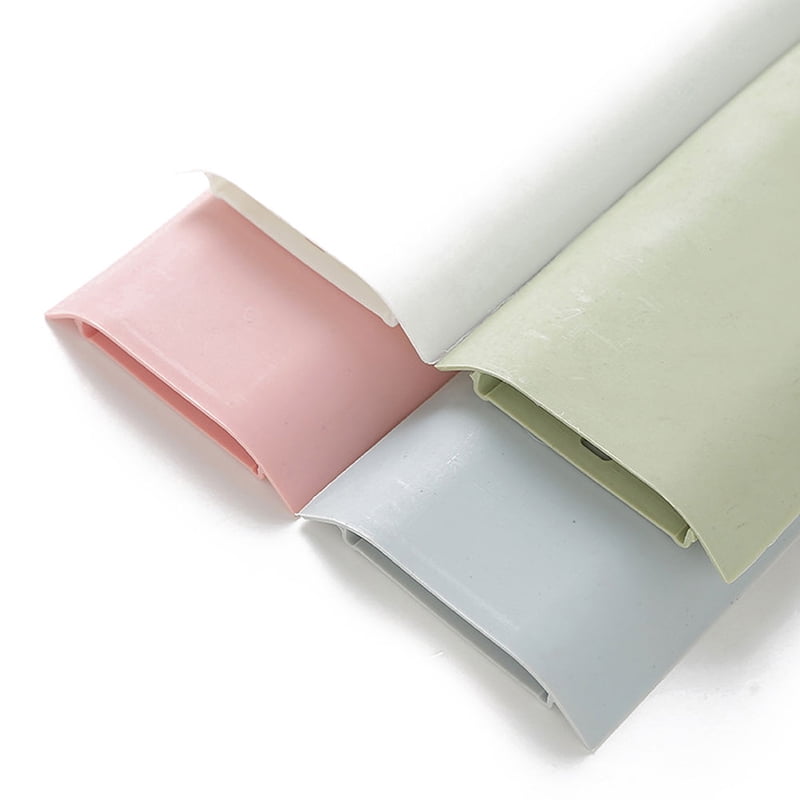


Usually, the panelboard will have many holes in it for you to screw and attach TV cords through it. The panelboard has multiple compartments for you to store the wires, which makes it easier when you are looking for specific cables later on. It gets filled with wires and cables that are used in the TV set-up. A panelboard in a container can be installed into the wall of your room. The common way to hide wires is to use a panelboard. Keep in mind most of these methods depend on your cable size and type of cable so make sure you keep sizing in your considerations.Īlso regarding safety most of these methods actually make wires mores safe since they provide an extra layer of protection over the base wire and allow you to keep cables clean to prevent possible tripping and shortcircuiting. Fortunately, there are a few ingenious ways to hide them without cutting holes in the wall.

They’re distracting, ugly, and they never seem to stay put. Best Ways for a Mounted TV vs a Standing TV

Hide TV Wires Behind a Wall (The last Choice, Requires Cutting Into Wall) Invest in an Organizer to Hide the TV Wires Make a Wood Frame and Cover It in Fabric To Hide Your Wires Conceal TV Wires Behind Wall Trim or Baseboard For maximum hardiness, you could run a rubber raceway by itself on the floor if necessary. While it's unsafe to run power cables under rugs it's ok to cover things like speaker cables or Ethernet, but try to run them in the least trafficked area if you can. If you have a large, cathedral-like room it may not be possible to run cables along the walls, so invest in a good rug instead. Whichever brand you choose, you can run the cables along skirting boards and door frames and attach them using inexpensive, nail-in cable clips. Monster tends to get a bad rap for being overpriced, but I like the XP range as it is economical, well-constructed and also available in white. While cable ties and raceways are great for keeping cables organized behind your TV, what happens when you have to run cables elsewhere in the room? Surround speaker wires are probably the most common example.įor my own system I use a 16-gauge Monster XP speaker cable to connect my surround speakers to my receiver. Hide surround speaker wires by skirting the floor molding or laying down a rug Use the ties to fix the cables along the natural boundaries of AV furniture and walls.Ī couple of years ago Samsung TVs came with a single, semitranslucent cable which was harder to spot on your wall, but newer Samsung TVs don't have that option anymore. This prevents electrical current interfering with analog signals in particular, such as those which travel along speaker wires. When running cables together, try to keep AV interconnects and electrical cables separate. Forget the one-use plastic ones, though: Go for reusable Velcro bands or wire ties. There's a couple of options as far as the ties you can use. They allow you to create order from the chaos that's behind there, and it's easy to go back and change if you add new components. Of all of the solutions here, the cheapest and easiest way to tidy your system is to use cable ties. Velcro cable ties are cheap and easy to remove.
Wire cover wall mount tv how to#
How to Set Up Your New TV: Connections, HDMI Cables, Picture Settings and More.Please Spend the $10 and Secure Your TV to the Wall Already.


 0 kommentar(er)
0 kommentar(er)
